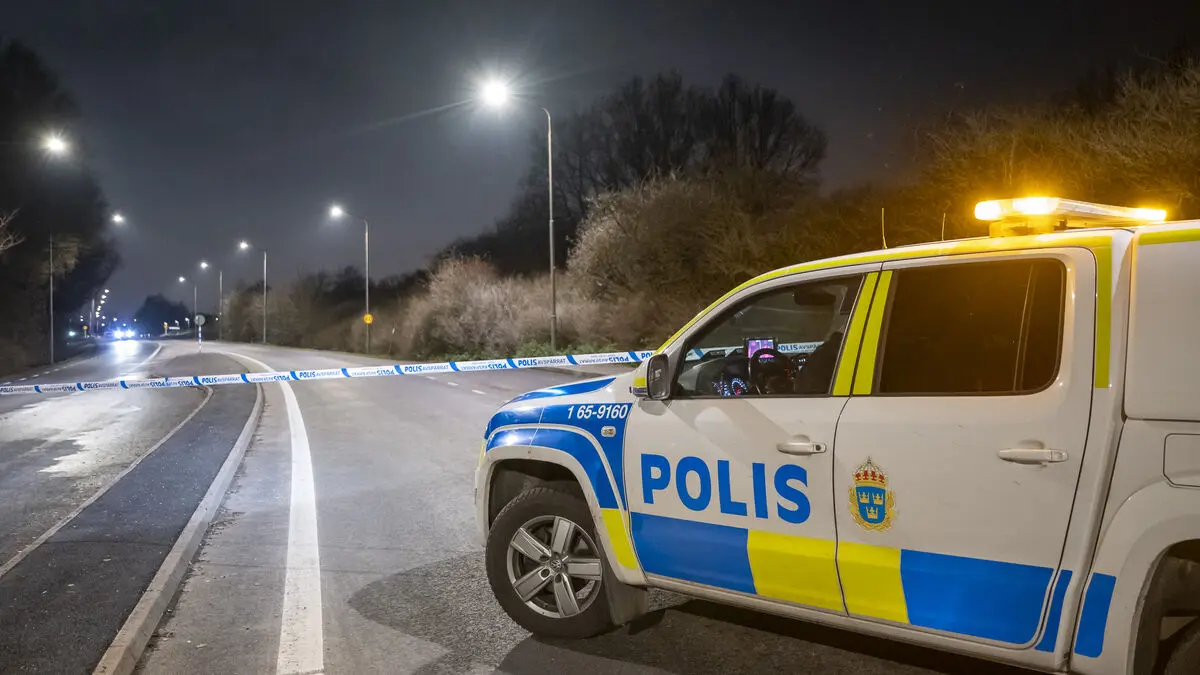The change in the law that came into effect on July 1 means, among other things, that a restraining order can be applied for in more cases than before, including so-called improper surveillance. This can mean that someone is monitored without consent through, for example, GPS trackers or hidden cameras.
Previously, a no-contact order was very much linked to having committed a crime in principle or having been applied for in connection with a criminal investigation, says National Police Chief Petra Lundh.
Now you can attribute other circumstances that are also important. You could do that before too, but it has become clearer after July 1, says Lundh.
The change in the law also means that there are new ways to issue a restraining order, as it is now possible to conduct a house search for that purpose.
In the three months since the law change, the number of applications from the police has skyrocketed, an increase of approximately 35 percent compared to January–June this year. The number of contact bans granted by prosecutors has risen even more during the same period.
49 percent more have been granted during these months, says Petra Lundh.
The police also keep statistics on how many applications for contact bans have been made that are not linked to a specific criminal investigation. Applications there have increased by 60 percent compared to the monthly average for 2025 before the change in the law.
If there is a risk that someone will expose another person to crime, stalk the person or otherwise seriously harass the person, a contact ban can be issued.
A contact ban means that the person is prohibited from visiting, calling or otherwise contacting the person concerned.
Anyone who wishes to apply for a restraining order should contact the police or the Swedish Public Prosecution Service. It is the prosecutor who decides whether to grant a restraining order, but the decision can be appealed to a court, which will then make a decision on the matter.
Source: Police





